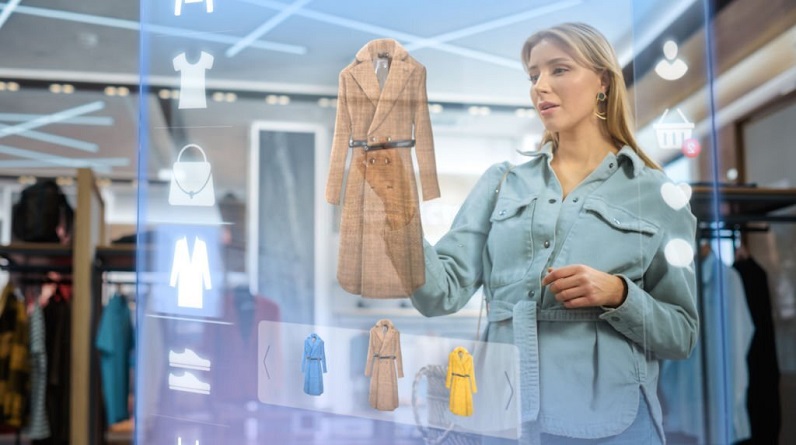Throughout the design process, tangible samples may be manufactured up to three or five times. Redesigning each item several times may lead to waste if the desired fit and quality cannot be achieved. Some high-end corporations destroy samples to protect their secret knowledge and retain the value of their brand.
The consumption of energy, water, transportation, land, and chemical compounds during sample manufacturing all contribute to the carbon footprint.
After manufacturing, the difficulty of generating designs that sell better and match production levels to demand has a further detrimental impact.
How Might 3d Printing Benefit Your Brand’s Environmental Footprint?
In the early stages of product creation, the fashion industry may minimize its impact on the environment. It can do that by using 3D garment technology.
Because of this, we need to recognize the role of designers in determining the product’s environmental and economic costs. With the use of 3D, designers can rapidly preview how their clothing will turn out. Now, they won’t have to worry about waiting for a real example.
According to companies that have adopted 3d fashion design software, the number of samples required and the expenditures associated have reduced by 50 percent.
Because of the shift to digital product creation, less energy, resources, water, and chemicals are to prepare, dye, and treat the sample cloth throughout production and shipment. 3D printing may lower a company’s carbon footprint by 10% – 30%, which is important in the context of global warming.
Working as a more effective and agile designer has significant advantages for those interested in 3D clothing creation. The benefit of having more time to create and the trend is that it gives you the opportunity to make better judgments. In addition, greater data-driven decision-making, better production matching, and sustainable shifts in reaction to trends may all help minimize overproduction. To reduce inventory levels, boost sales speed and minimize the need for markdowns, collections with higher-selling designs and better matching of production to demand levels have the ability.
3d Printing And Business:
The fashion industry has limited computing power and poor rendering quality. Hence, the fashion industry has been somewhat sluggish to adopt 3D technology in the design process. As a consequence, creating 3D software was made more difficult. That was due to the avatar’s interaction with the limitless variety of material behavior.
In order to minimize the number of prototypes, 3D simulations must be precise. Moreover, it should be extremely dependable before you apply them throughout the industry. In order to create a virtual 3D garment from a 2D model, designers must have an extraordinarily high degree of confidence.
Since its inception, Optitex PDS 2D/3D has undergone numerous tests to compare the quality and accuracy of digital and physical prototypes. So, it proved from time and time again that it generates exceptionally precise simulations. Also, it bases on three fundamental elements – the Parametric avatar, the 2D model, and true-to-life digital fabric reflecting real-life material behavior.
Thus, 3D printing has only lately been adopted by the fashion sector. In recent months, however, the COVID-19 epidemic, severe workplace health regulations, and a spike in remote working have expedited this trend.
Currently, 3D digital design tools have replaced the conventional sketch, pattern, and canvas. Now we have an innovative holistic method that incorporates all of these elements: 2D and 3D digital design. Consequently, the integration of many 2D and 3D processes into a single process speeds up total development. Therefore, it saves time, expensive resources, and waste material.
The Bottom Line:
With digital tools like EcoShot, fashion designers can convey their creative purpose more effectively while reducing their environmental footprint. By using these visualization methods individuals may see and comprehend clothes in a more real-world context while removing part of the environmental impact. We think that 3D printing may help reduce overproduction, sample waste, and the environmental impact of manufacturing.



